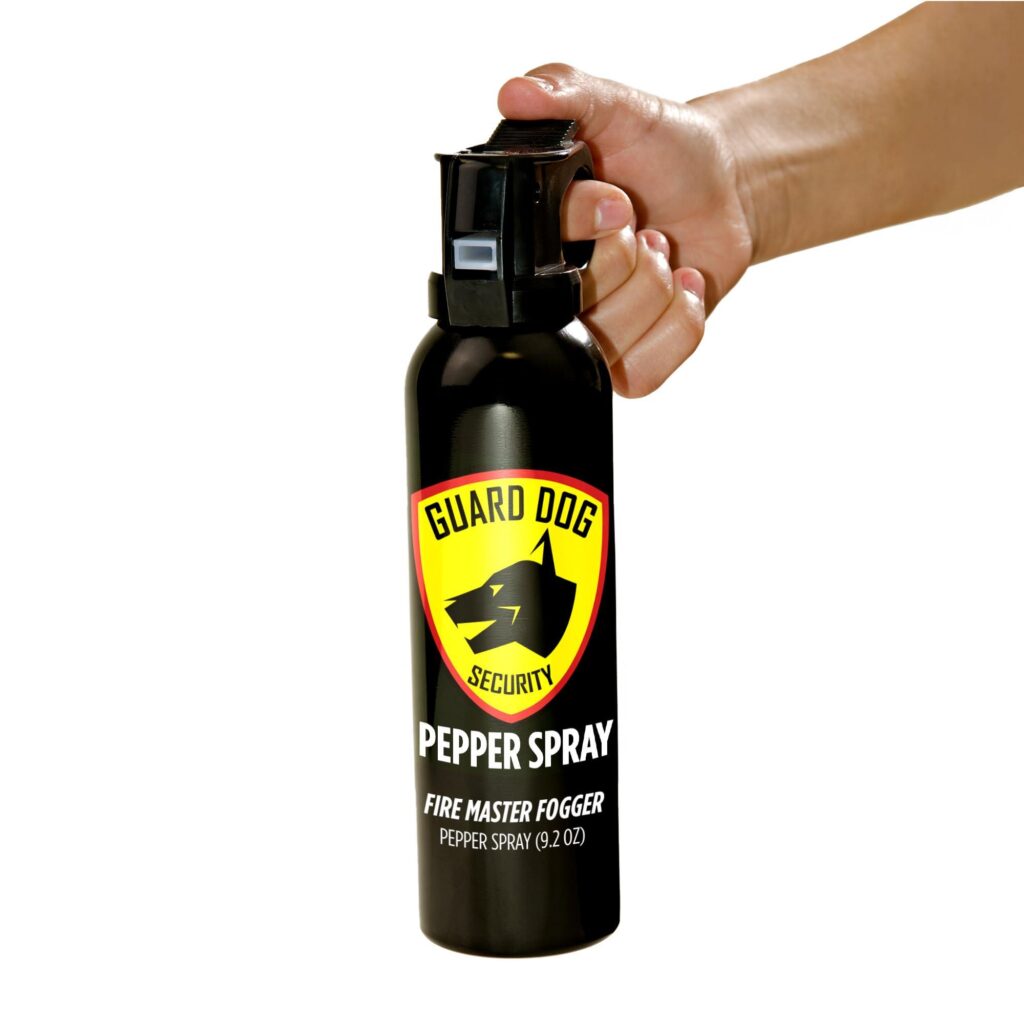Table of Contents
- New York Officials Consider UV Dye Integration for Enhanced Self-Defense Sprays
- Safety and Privacy Concerns Surrounding UV Dye in Personal Protection Devices
- Legal Implications and Regulatory Framework for UV Dye Authorization in New York
- Recommendations for Consumers and Law Enforcement on UV Dye Usage in Defense Sprays
- Closing Remarks
New York Officials Consider UV Dye Integration for Enhanced Self-Defense Sprays
In an effort to bolster public safety, New York lawmakers are exploring the possibility of incorporating ultraviolet (UV) dye into self-defense sprays. This innovative measure aims to enhance the effectiveness of these sprays by leaving a visible, yet invisible mark under UV light on assailants, aiding law enforcement in suspect identification and evidence collection. Officials believe this technology could serve as a powerful deterrent against attacks, while also improving post-incident investigations.
The proposed integration of UV dye addresses several key areas:
- Enhanced Tracking: The dye’s unique UV properties allow authorities to quickly and discreetly identify suspects even after they flee the scene.
- Improved Legal Support: Visible markings under UV light provide crucial forensic evidence supporting victim testimonies in court proceedings.
- Greater Deterrence: Potential attackers may be discouraged by the knowledge that they could be marked and easily tracked.
Safety and Privacy Concerns Surrounding UV Dye in Personal Protection Devices
The proposal to legalize UV dye in self-defense sprays has sparked a robust debate among legal experts, civil rights advocates, and public safety officials. Concerns about the accidental exposure of bystanders and potential long-term health effects remain at the forefront of the discussion. Critics emphasize that while UV dye can effectively mark an assailant for identification, the chemical composition of these dyes is not fully vetted for human safety, particularly in dense urban environments like New York. Questions also arise regarding the possible misuse of UV dye sprays for harassment or discriminatory profiling if proper regulations are not established alongside legalization.
Privacy advocates highlight the risks associated with the storage and use of UV dye markers. The visibility of the dye under UV light raises potential ethical issues surrounding surveillance and individual privacy, especially if law enforcement agencies gain unrestricted access to UV detection technology. Furthermore, without strict guidelines, there is the possibility that innocent individuals might be inadvertently or maliciously targeted, leading to legal challenges and mistrust between communities and police. As New York weighs its decision, lawmakers are urged to consider comprehensive safeguards including:
- Clear usage protocols limiting UV dye deployment
- Health impact studies on prolonged exposure
- Stringent penalties for misuse and abuse
- Data privacy protections concerning UV-based identification methods
Legal Implications and Regulatory Framework for UV Dye Authorization in New York
As New York considers authorizing the inclusion of UV dye in self-defense sprays, state lawmakers and regulatory agencies are scrutinizing the existing legal landscape to ensure comprehensive oversight. The proposed framework aims to balance public safety with individual rights, incorporating strict licensing requirements for manufacturers and distributors. Additionally, the legislation mandates clear labeling and restrictions on spray potency to prevent misuse or accidental injuries. Law enforcement agencies have expressed interest in standardized protocols for handling and testing these dyes in criminal investigations, reinforcing the necessity of a robust regulatory approach.
Regulatory experts emphasize that any authorization would need to align with federal statutes and local ordinances, factoring in potential civil liability for improper use. Key provisions under discussion include:
- Certification processes for retailers selling UV dye sprays to ensure consumer awareness
- Age restrictions to limit purchase to adults over 21
- Guidelines for safe disposal to address environmental and public health concerns
- Penalties for illicit modification or unauthorized usage of the sprays
Lawmakers are also consulting with legal scholars and public interest groups to craft rules that uphold civil liberties while deterring criminal abuse, positioning New York at the forefront of innovative self-defense legislation.
Recommendations for Consumers and Law Enforcement on UV Dye Usage in Defense Sprays
Consumers interested in self-defense sprays enhanced with UV dyes should prioritize products that come with clear safety certifications and usage guidelines. It is crucial to verify that the dye concentration is sufficient to aid in suspect identification without posing health risks to users or bystanders. When employing such sprays, individuals must ensure proper application techniques and avoid overexposure to reduce unintended skin or eye irritation. Additionally, keeping personal protective gear accessible, such as gloves or eyewear, can further mitigate risks associated with UV dye contact.
Law enforcement agencies are encouraged to develop specialized training modules focused on the practical and ethical deployment of UV-dyed defense sprays. This includes standardizing protocols for evidence collection and suspect processing once UV dye has been used, ensuring the forensic advantages are fully realized. Collaboration with manufacturers to improve dye visibility under various lighting conditions can also enhance the effectiveness of these sprays. Importantly, police departments should engage in public awareness campaigns to inform communities about the benefits and limitations of UV dye, fostering transparency and trust.
Closing Remarks
As New York continues to evaluate the potential legalization of UV dye in self-defense sprays, stakeholders from law enforcement, public safety advocates, and community members remain engaged in the dialogue. Proponents argue that the added feature could enhance the effectiveness of non-lethal defense tools by aiding in suspect identification, while critics caution about regulatory challenges and potential misuse. The outcome of this legislative consideration will likely set a precedent for how innovative technology is integrated into personal safety measures, balancing individual protection with public accountability. Further developments are expected as the state legislature reviews expert testimonies and public feedback in the coming months.Check Our Other Blogs
- StunGun – Your Trusted Source for Stun Guns, Laws, and Self-Defense Tips
- PepperSprayLaws – Your Trusted Resource for Pepper Spray Information
- StunGunLaws – Your Trusted Guide to Stun Gun Legality and Safety




